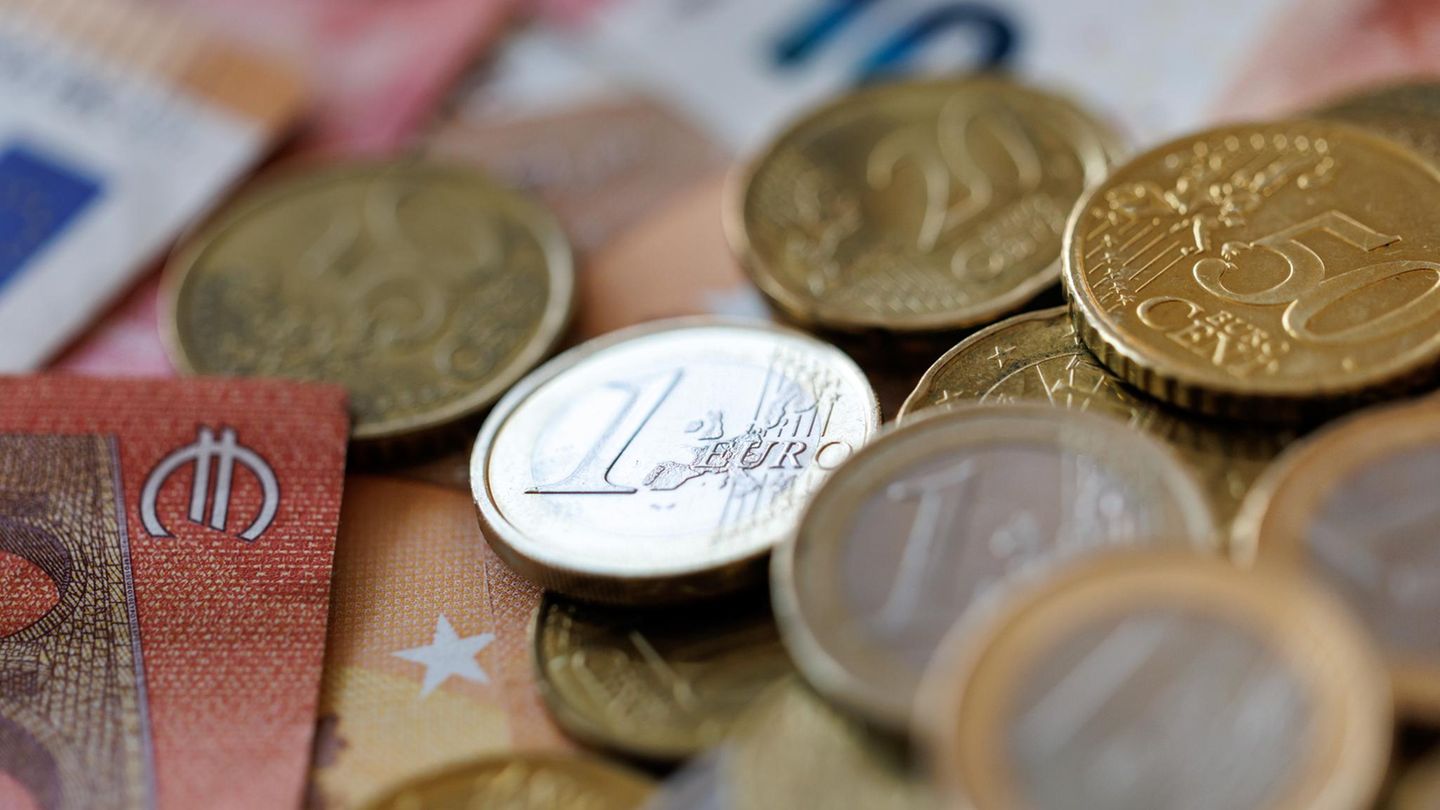Simply explained
What would an increase in the minimum wage mean to 15 euros?
Copy the current link
Add to the memorial list
The minimum wage should rise, at least when it comes to the designated GroKo. The consequences could also be felt for consumers – whether at the hairdresser or in the restaurant.
Millions of employees with very narrow incomes could earn better from next year. In your exploratory paper, the CDU/CSU and SPD mention a possible minimum wage of 15 euros from 2026. The downside: Consumers may have to prepare for the fact that a haircut or a restaurant visit could therefore become more expensive. But nothing has been finally decided.
Why should the minimum wage be increased?
In the election campaign, SPD Chancellor Olaf Scholz spoke out to increase the statutory minimum wage from currently EUR 12.82 per hour to 15 euros. Greens, Left and BSW had the target brand in their election programs, the unions are also for it. Her argument: The latest increases of this legal number of wages are too low compared to the temporarily very high inflation.
In addition, Germany defines the guidelines of an EU directive. According to this, the minimum wage should not be less than 60 percent of the so -called median wage of a country – this is a statistical calculation size, also called “medium” wage. The economic and social science institute of the Hans-Böckler Foundation, which is close to the trade union, calculates that the minimum wage should already be 15.12 euros according to these EU requirements.
How many people would benefit from 15 euros in a minimum wage?
In April 2024, the hourly wages were less than 15 euros in around 9.5 million jobs – these are the latest figures in the Federal Statistical Office when asked by the left. Every fourth job is affected nationwide. Jobs in the catering trade were paid almost three quarters with less than 15 euros per hour. The German Trade Union Confederation assumes a total of six million people with a minimum wage.
Salary, working hours, career – these graphics show why World Women’s Day is important
Always on March 8, since 1975. In Berlin and Mecklenburg, but also in several states, World Women’s Day is a statutory holiday. The following graphics also show why it is available.
© dpa infographic
More
Open the image subtitle
Back
Further
How is the minimum wage set?
The so -called minimum wage commission of the Federal Government is responsible. In addition to the chairman Christiane Schoenefeld and two scientists, three members of the employer and employee side are represented. The aim is that the tariff partners agree and that the government does not decide. Finally, however, the employee side was overruled.
Union and SPD are based on the fact that the Commission will find a consensus again for 2026 and 2027. A recommendation is due until June 30th. The exploratory paper states: “For the further development of the minimum wage, the minimum wage commission will be based on collective bargaining and 60 percent of the gross wage of full -time employees as part of an overall assessment. This way, a minimum wage of 15 euros is available in 2026.”
What would that mean for the employees?
The DGB calculates that unmarried full -time employees have minimum wage employees with an increase to 15 euros around 2,700 euros more net a year than now. The result is: people could spend more and boost the economy in Germany. And: “With around six million minimum wage employees, the a good six billion euros can mean by direct additional income in income tax,” says DGB board member Stefan Körzell. “Social insurance would also benefit from higher wages.”
What do the employers say?
The Federal Association of German Employers’ Associations defends itself. In an overall assessment, the Commission also takes into account the effects on prices and employment. “In the minimum wage commission, employers will make sure that a wage price spiral is prevented,” explains the association. Political guidelines are an inadmissible interference in the work of the Commission.
Industry associations raise the alarm. “For many hairdressing entrepreneurs, the increase in the minimum wage to 15 euros means a cost avalanche that is no longer to be mastered,” said Manuela Härtelt -Dören, President of the Central Association of the German History Handicrafts. In the worst case, a massive salon death threatens that would destroy many jobs.
It becomes even more drastic in a letter from the taxi and rental car association to the Union Member of the Bundestag, which says: “A nationwide minimum wage of 15 euros, like a Death Turbo, would accelerate the taxister.”
What are the consequences for customers?
Business associations warn of price increases. “In many companies, the increase in the general minimum wage ensures that personnel costs increase rapidly and price adjustments are necessary,” says Friedemann Berg, managing director of the Central Association of the German Bakery Handy. Since the bakery trade is in strong competition with the goods of the baking industry, there may be a change in customer behavior and ultimately to decline in sales. “In short: immense cost increases endanger companies and associated jobs.”
The Central Association of the German Hairdressing Handels explains in order to compensate for the additional costs, salons would be forced to significantly increase their prices. This could lead to many customers avoiding hairdressing visits or turning to undeclared work. The President of the German Farmers’ Association, Joachim Rukwied, warned even the end of the minimum wage to 15 euros for the end of the fruit, vegetable and wine cultivation in Germany.
What do business institutes say?
Especially with consumer services such as in restaurants, hairdressers or inpatient retail, prices could be heated, says Holger Schäfer from the employer -based institute of the German economy (IW). “If customers are not ready or able to pay the higher prices, the performance in question is less in demand. This could in turn influence the jobs and lead to the fact that customers have to do without consumption or performance.”
The labor market researcher Johannes Seebauer from the German Institute for Economic Research (DIW) says: “For affected companies, it can be expected that the company profits will decrease as a result of the minimum wage increase. In order to counteract this, price increases are a possible adjustment reaction.” Whether this is possible depends on how sensitive consumers react to price changes.
Dpa
YKS / Verena Schmitt-Roschmann and Andreas Hoenig
Source: Stern




